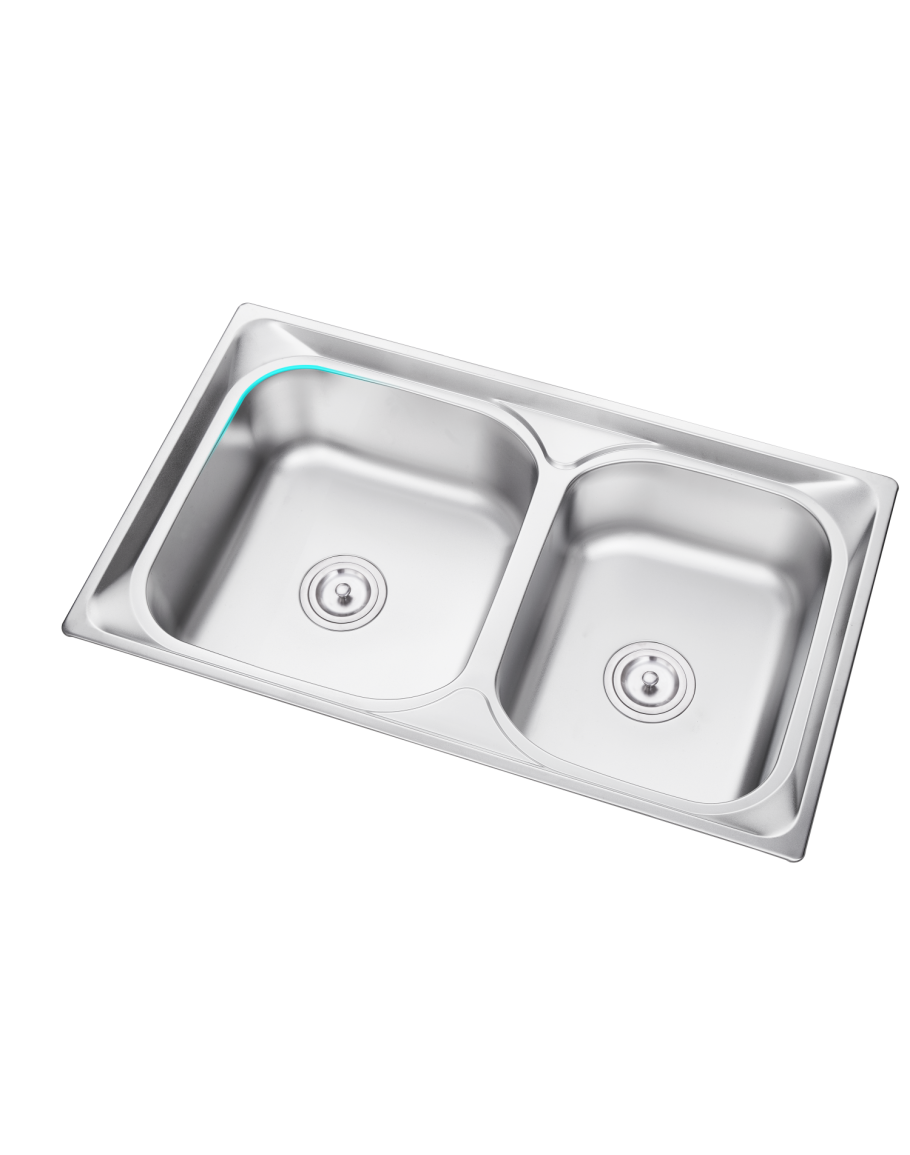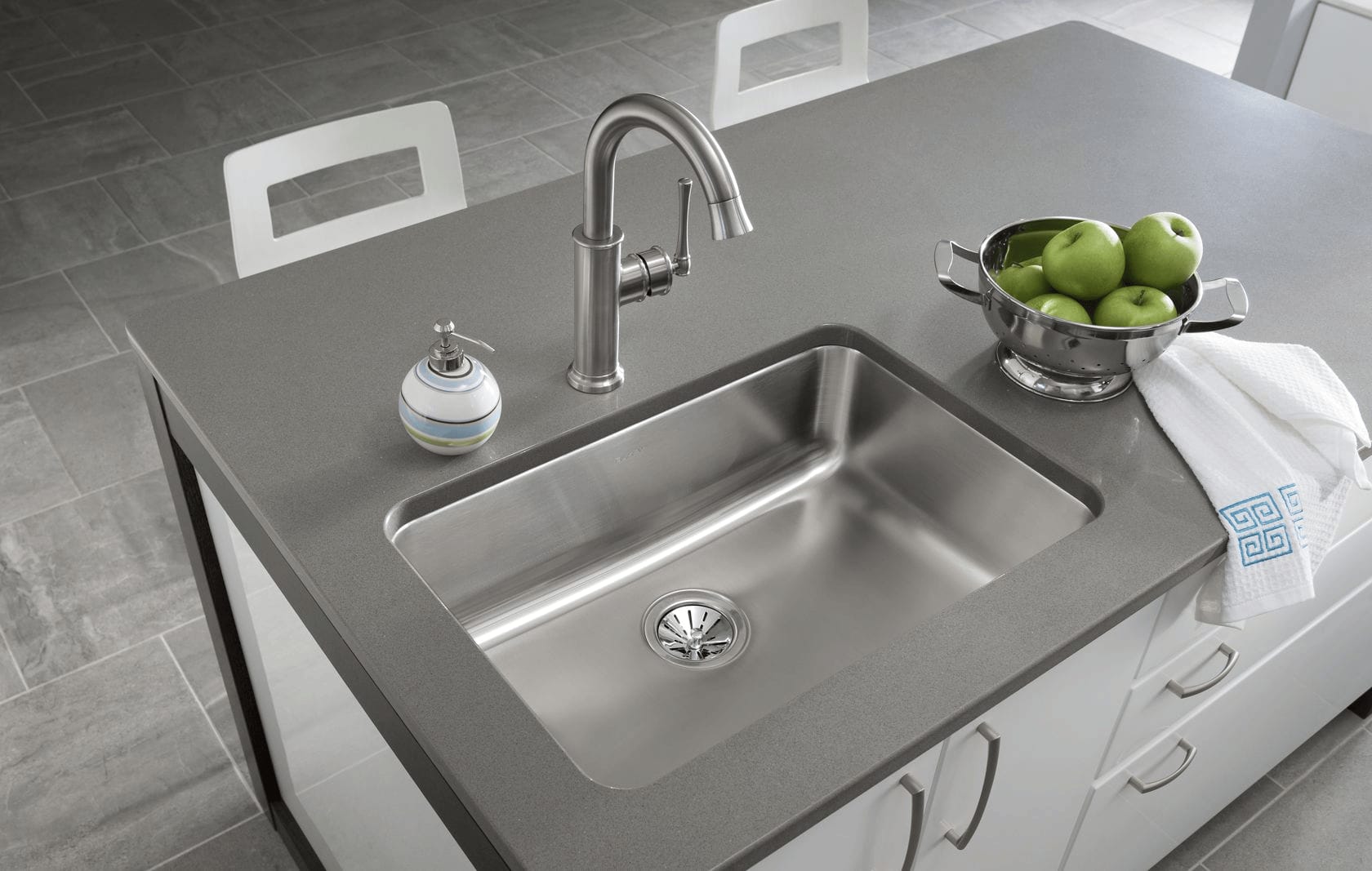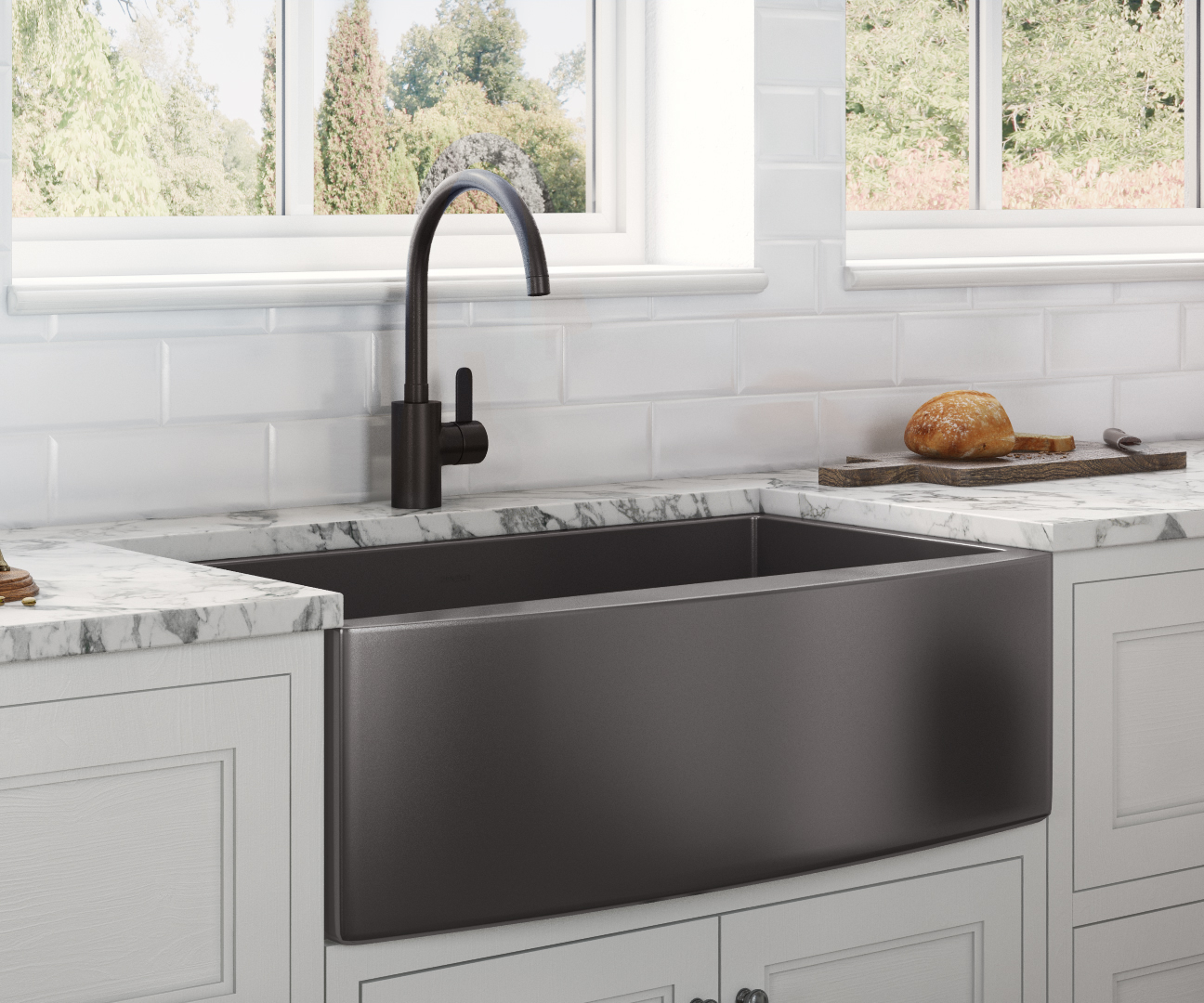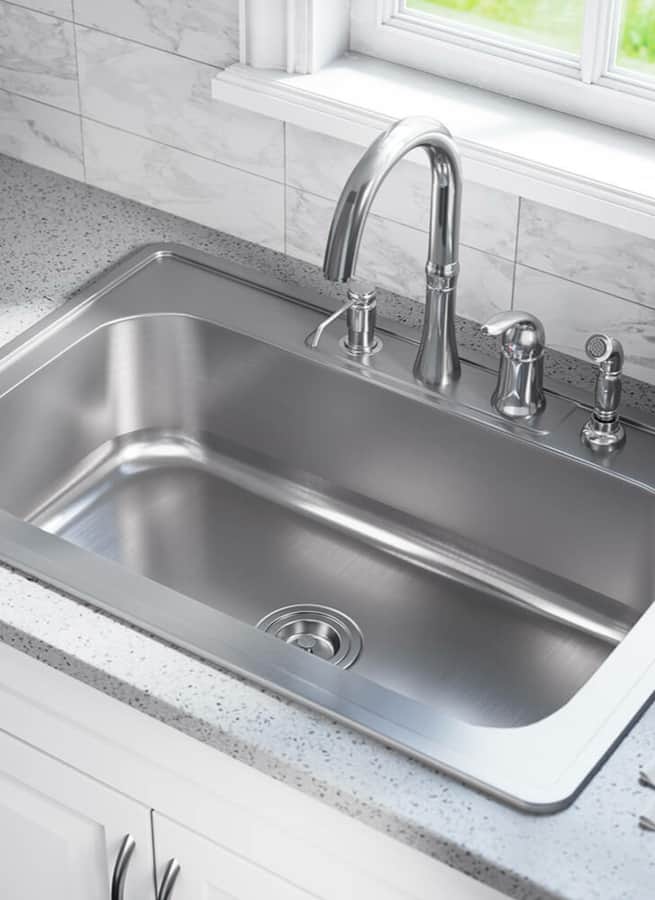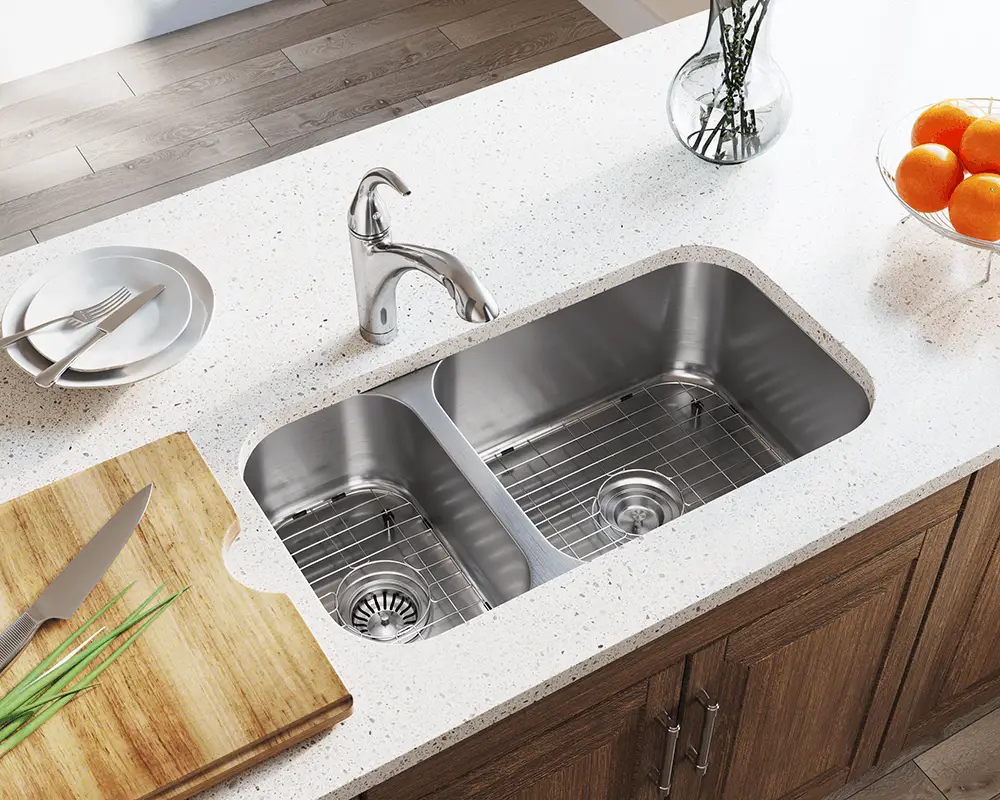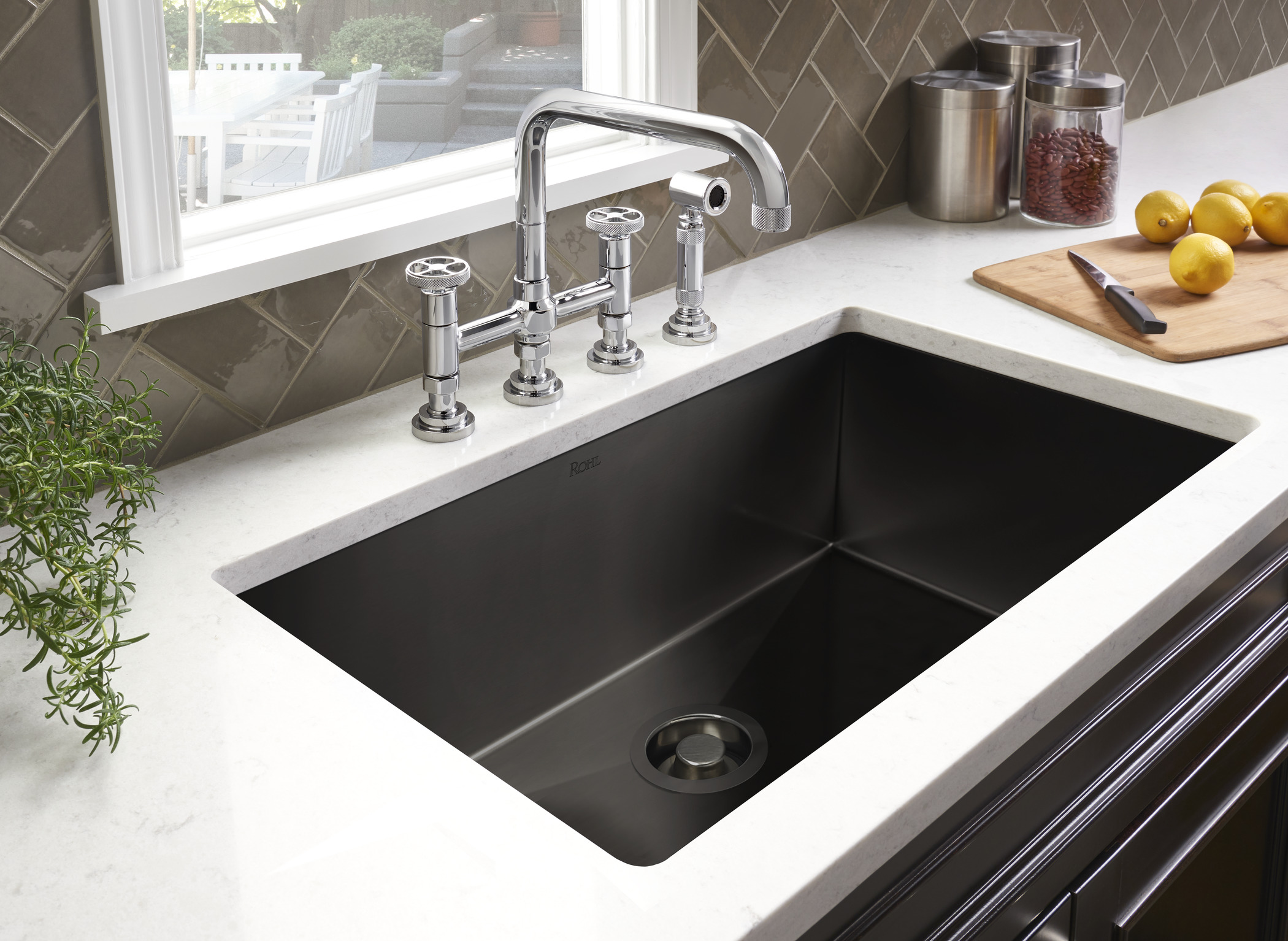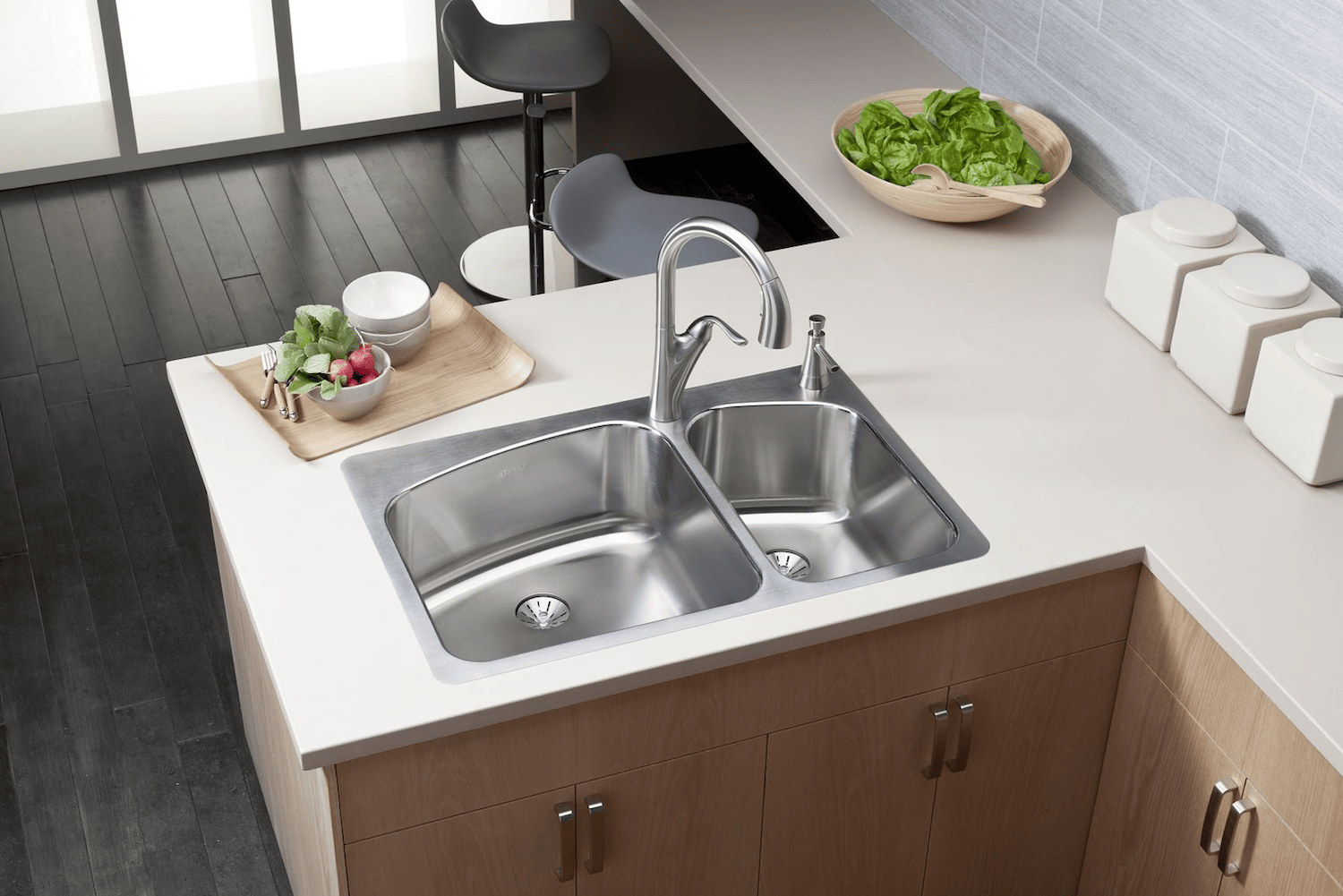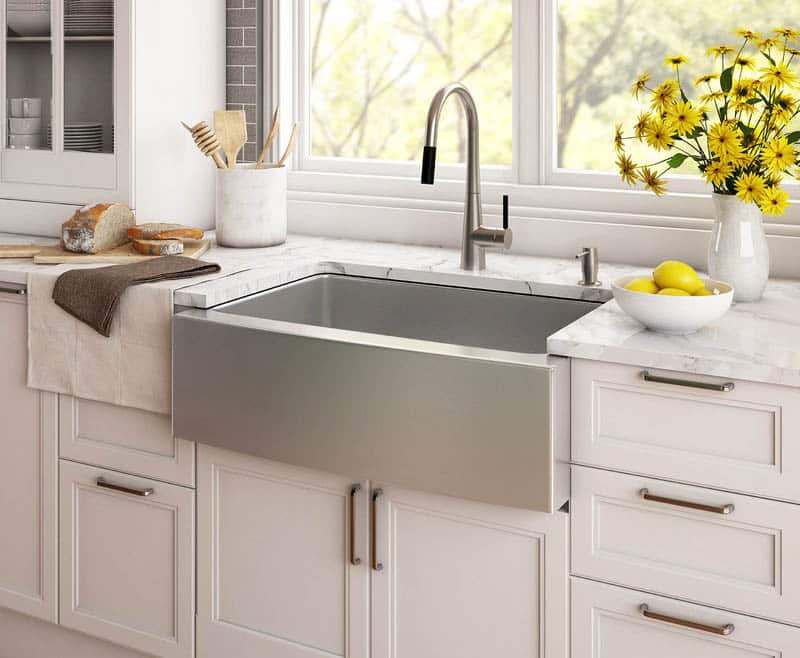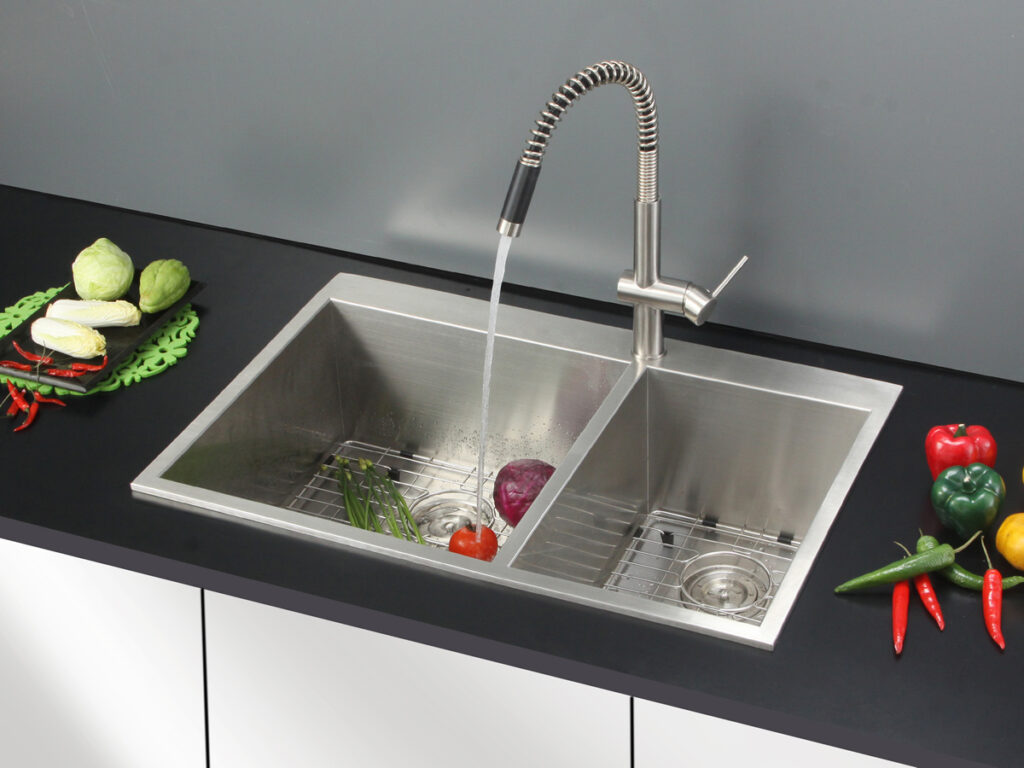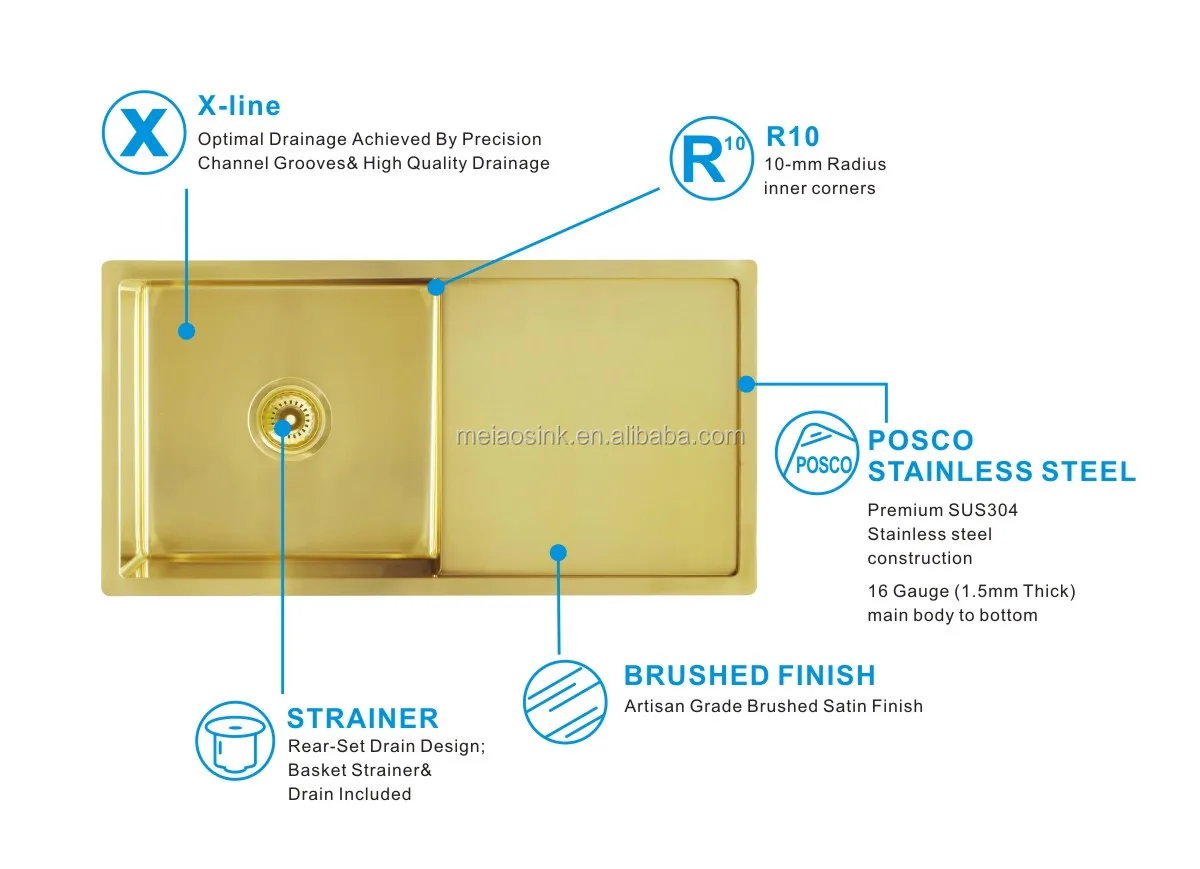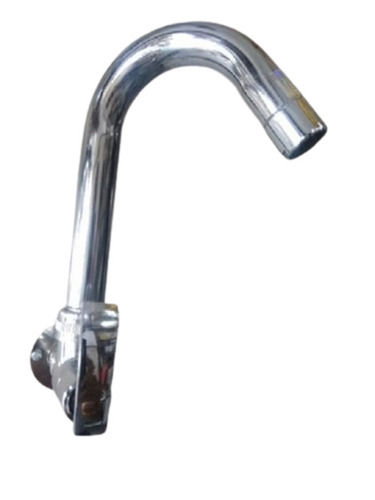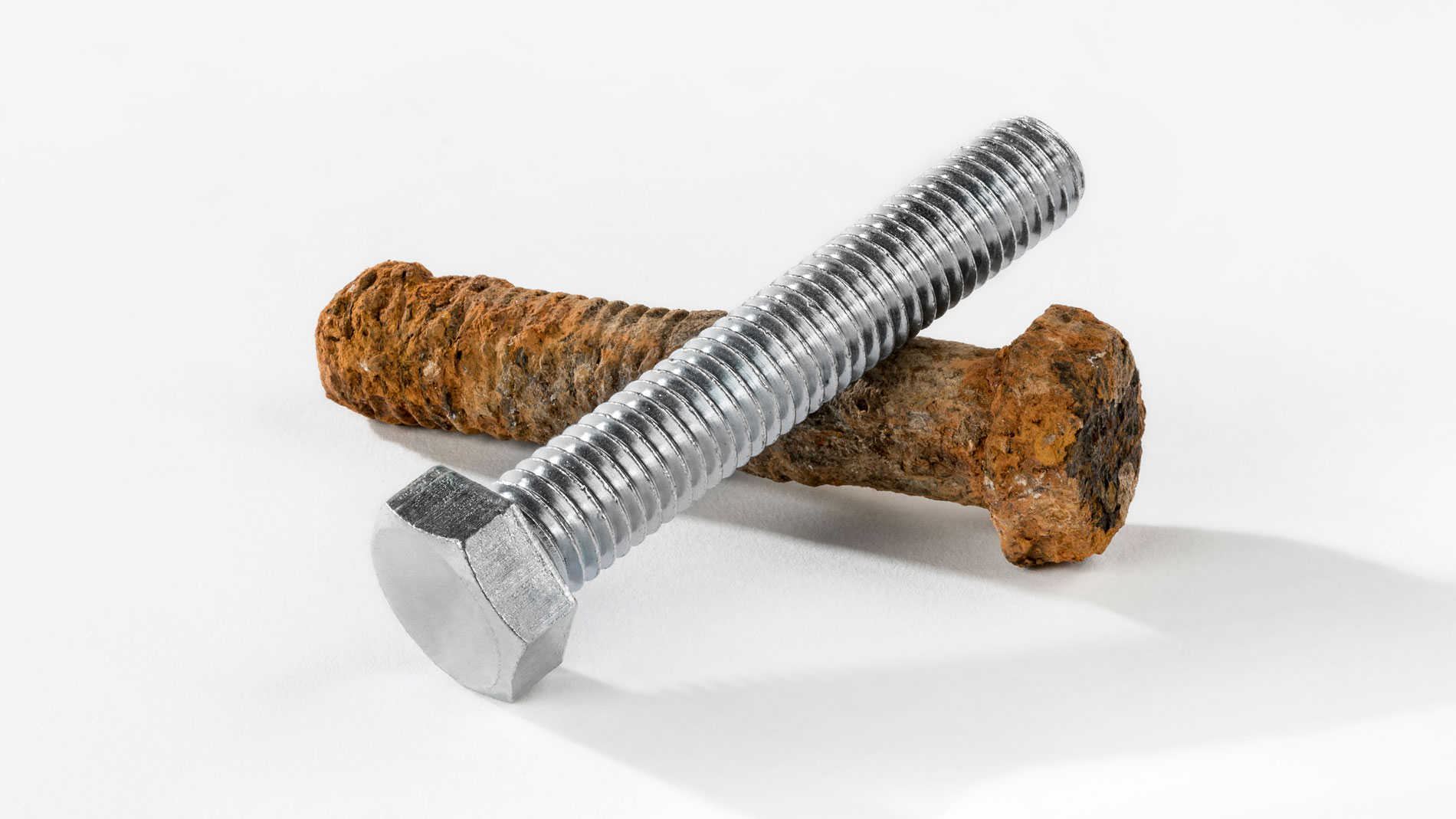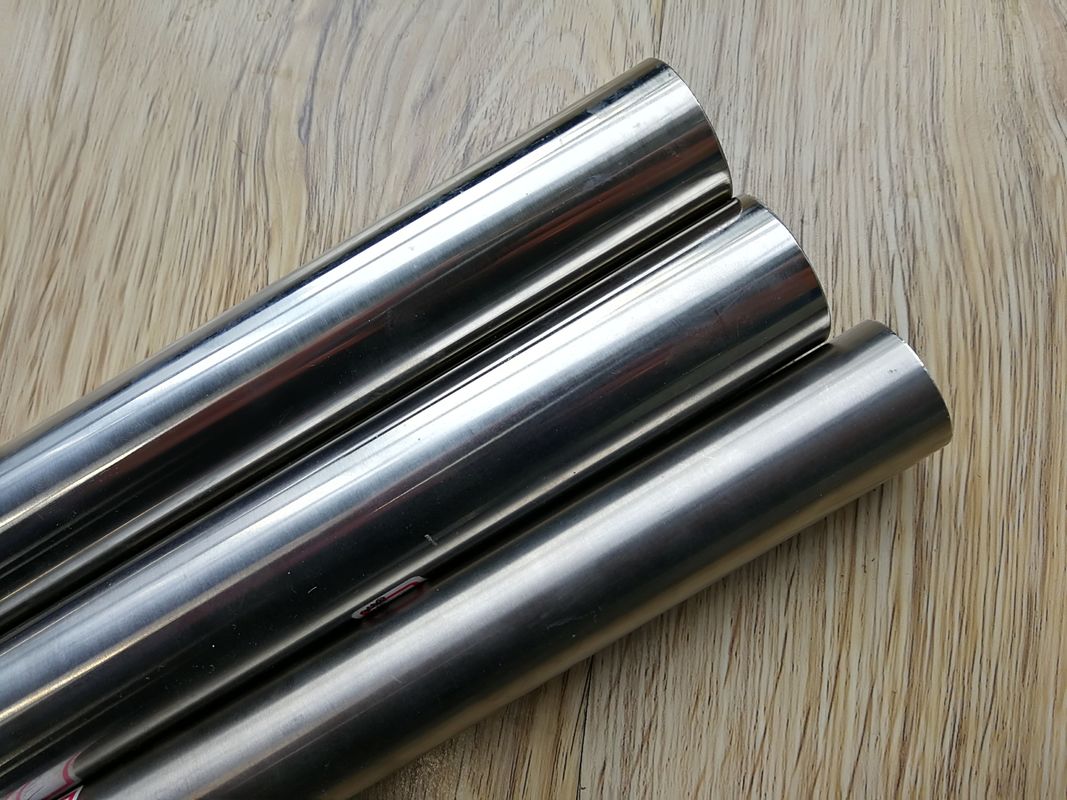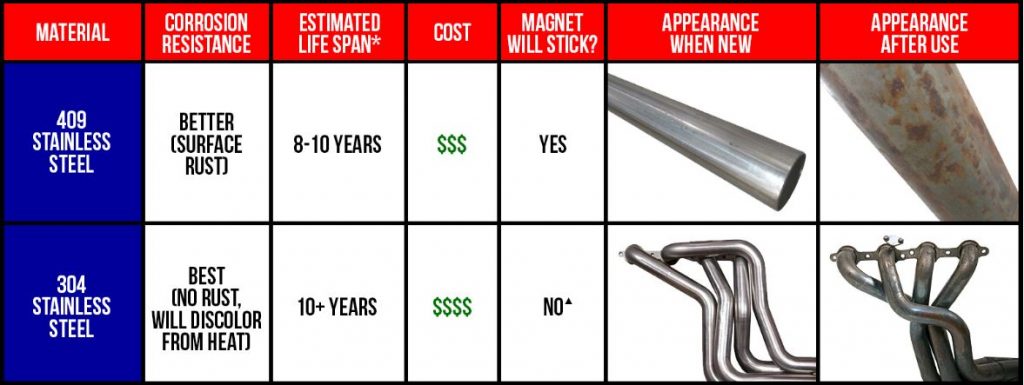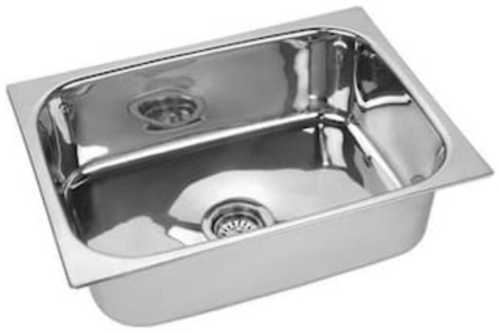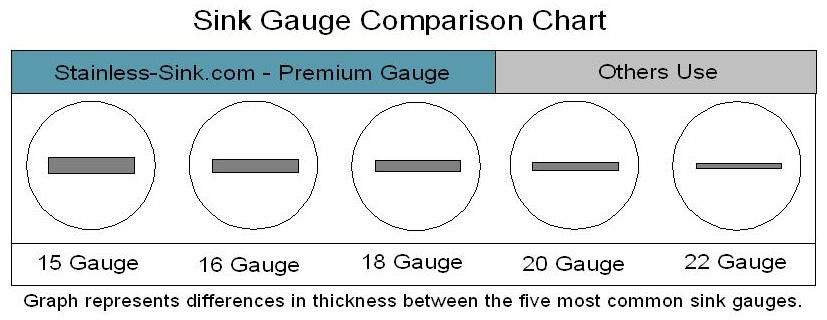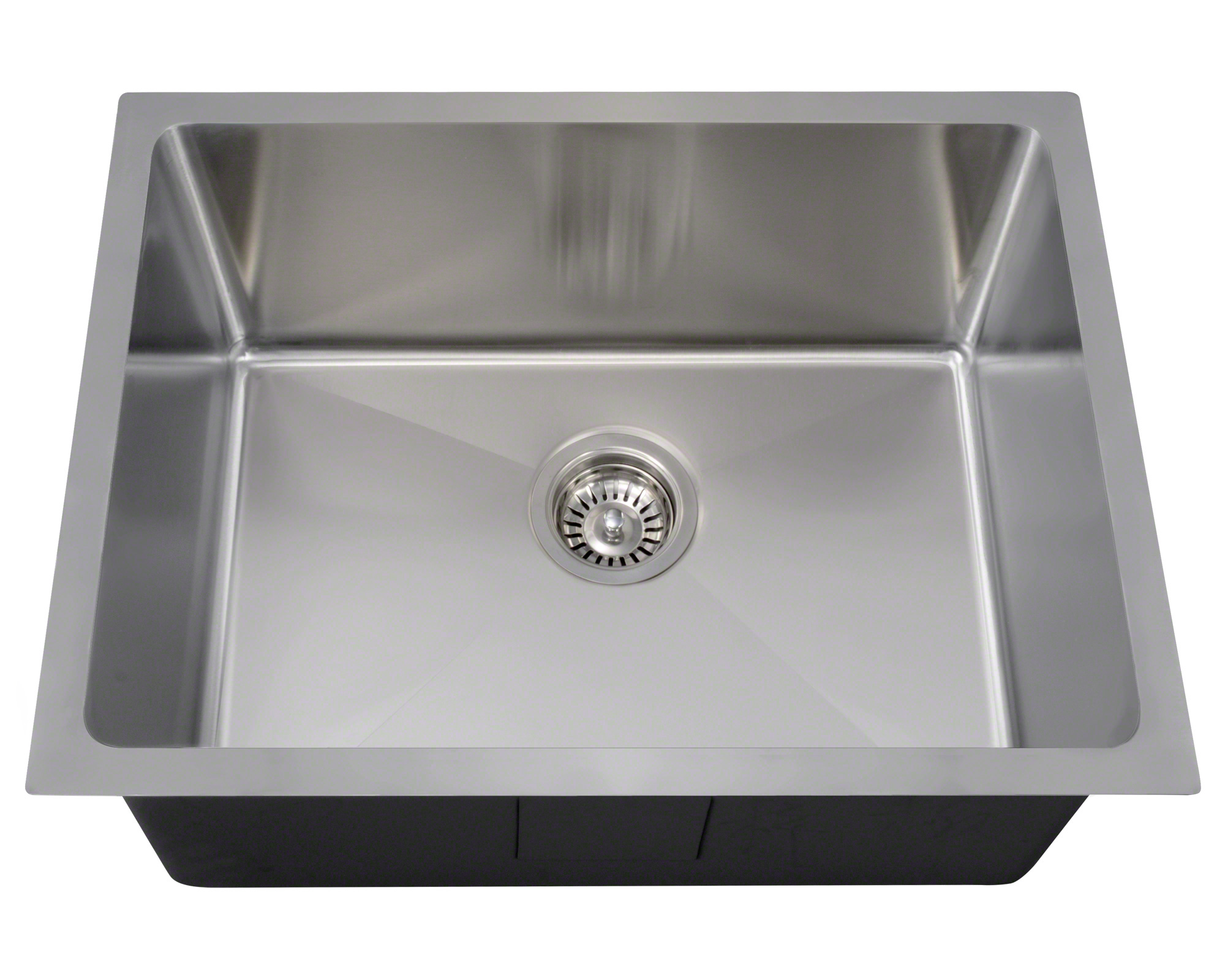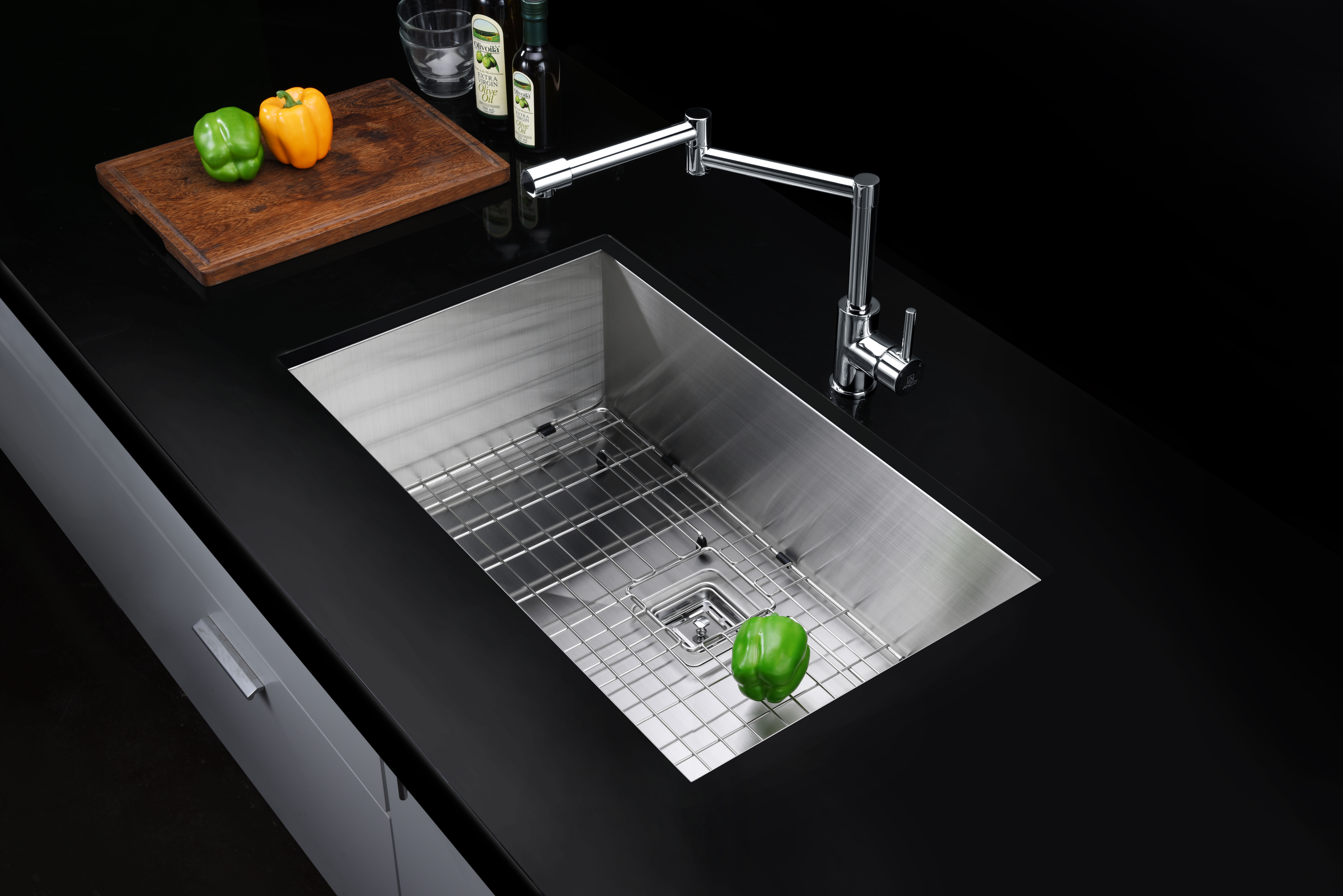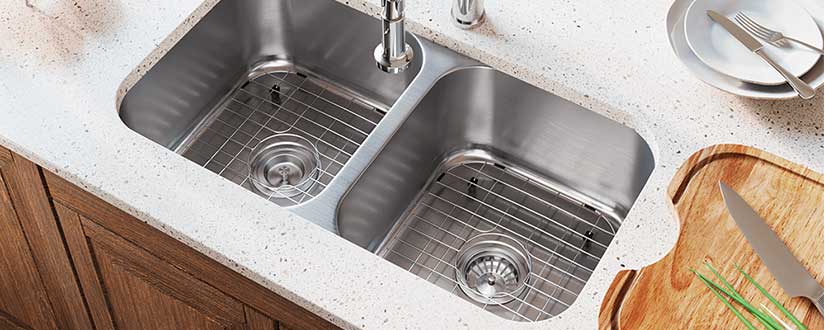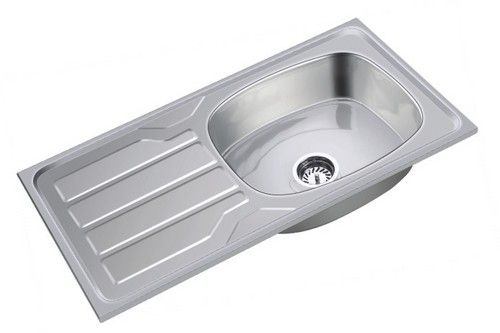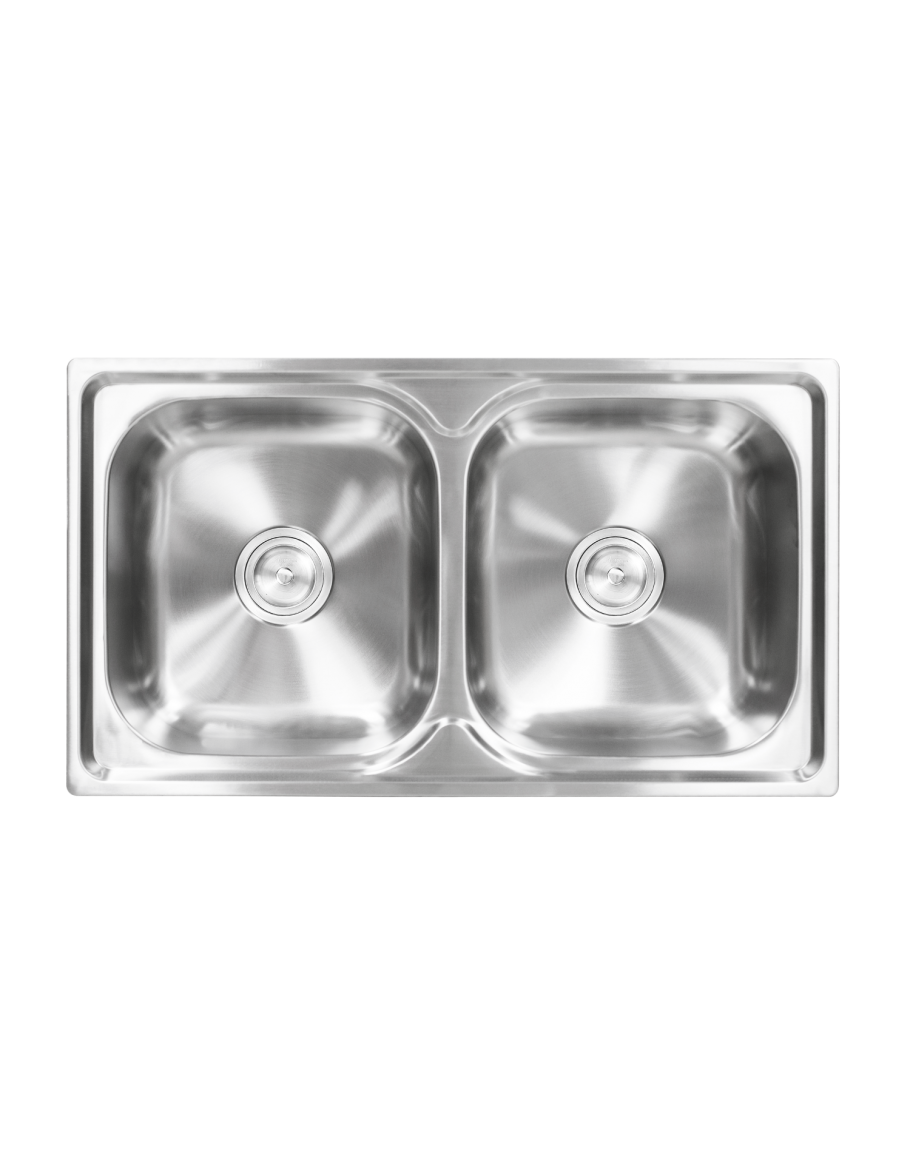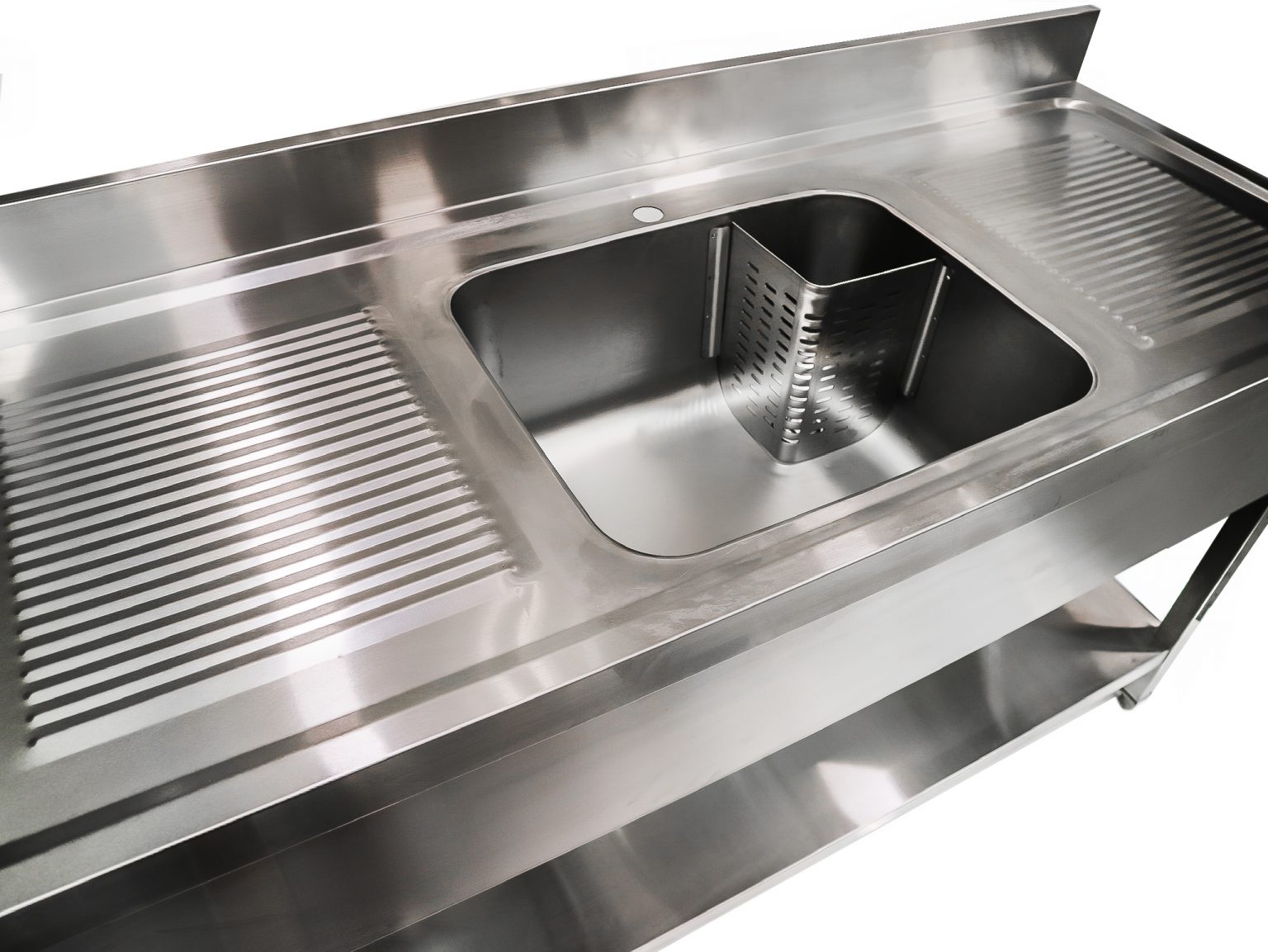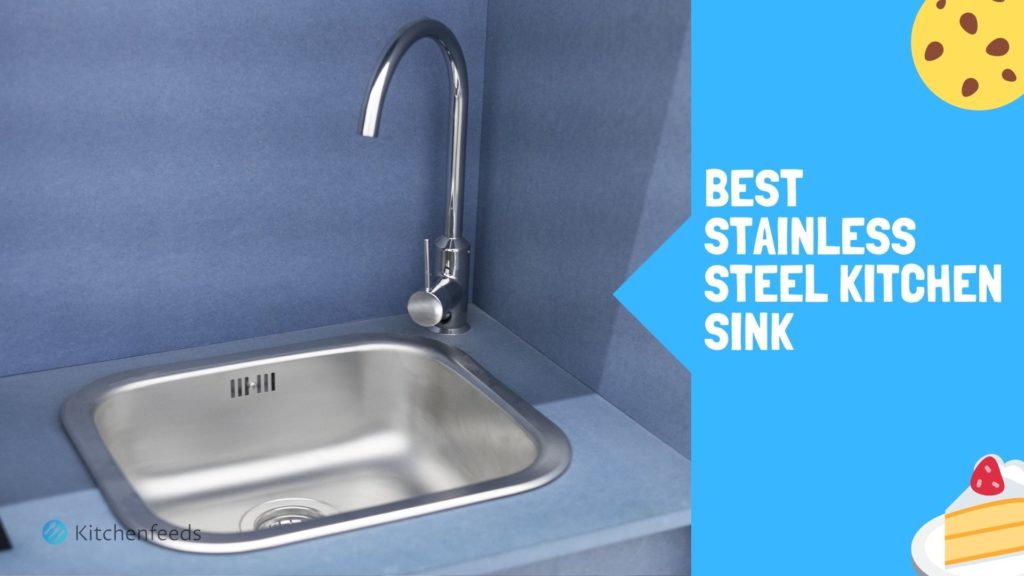When it comes to choosing a kitchen sink, one of the most important factors to consider is the type of material used. Stainless steel is one of the most popular choices due to its durability, aesthetic appeal, and easy maintenance. But did you know that there are different grades of stainless steel used in kitchen sinks? Let's explore the top 10 main different grades of stainless steel kitchen sink.Stainless Steel Kitchen Sink Grades
Stainless steel is typically made from a combination of iron and chromium, with additional elements such as nickel and manganese to enhance its properties. The different grades of stainless steel used in kitchen sinks are determined by the amount of chromium and nickel present. The most common grades used in kitchen sinks are 304 and 316, but there are also other grades such as 302, 201, and 430.Stainless Steel Kitchen Sink Materials
Stainless steel kitchen sinks come in various types, including top mount, undermount, and farmhouse. Top mount sinks are installed by dropping the sink into a hole in the countertop, while undermount sinks are installed beneath the countertop for a seamless look. Farmhouse sinks, also known as apron front sinks, have a large, exposed front that adds a touch of charm to any kitchen.Stainless Steel Kitchen Sink Types
The composition of stainless steel kitchen sinks varies depending on the grade used. Generally, the higher the grade, the more chromium and nickel present, which makes the sink more resistant to corrosion and rust. For example, 304 stainless steel contains 18% chromium and 8% nickel, while 316 stainless steel contains 16% chromium and 10% nickel.Stainless Steel Kitchen Sink Composition
One of the main reasons why stainless steel is a popular choice for kitchen sinks is its durability. Stainless steel is a strong and sturdy material that can withstand heavy daily use. It is also resistant to scratches and dents, making it perfect for busy kitchens. However, the durability of a stainless steel sink also depends on its grade and thickness. Thicker sinks are more durable and less prone to denting.Stainless Steel Kitchen Sink Durability
Another major advantage of stainless steel kitchen sinks is their corrosion resistance. The chromium content in stainless steel creates a protective layer that prevents rust and corrosion, making it an ideal material for sinks that come into contact with water frequently. However, the grade of stainless steel used also plays a role in its resistance to corrosion. 316 stainless steel is more resistant to corrosion than 304.Stainless Steel Kitchen Sink Corrosion Resistance
The gauge of a stainless steel sink refers to its thickness, with a lower gauge indicating a thicker sink. The most common gauges used in kitchen sinks are 18 and 16, with 16 being thicker and more durable. However, the gauge of a sink also affects its price, with thicker sinks being more expensive.Stainless Steel Kitchen Sink Gauge
Stainless steel kitchen sinks come in a variety of finishes to suit different kitchen styles. The most common finishes include brushed, satin, polished, and matte. Brushed and satin finishes are more popular as they hide scratches and water spots better, while polished finishes give a sleek and modern look. The finish of a sink does not affect its durability, but it may affect its maintenance requirements.Stainless Steel Kitchen Sink Finishes
The price of a stainless steel kitchen sink depends on various factors such as the grade, gauge, size, and brand. Generally, sinks made from higher-grade stainless steel and with a thicker gauge will be more expensive. The type of sink also affects its price, with undermount and farmhouse sinks typically being more expensive than top mount sinks.Stainless Steel Kitchen Sink Price
One of the reasons why stainless steel is a popular choice for kitchen sinks is its low maintenance requirements. To keep your sink looking clean and shiny, all you need is regular cleaning with a mild soap and water solution. Avoid using abrasive cleaners or scrubbers that could damage the sink's surface. Additionally, wiping the sink dry after use can help prevent water spots and maintain its shine.Stainless Steel Kitchen Sink Maintenance
In addition to varying grades of stainless steel, there are also different types of finishes available for kitchen sinks. This not only affects the appearance of the sink, but also its durability and maintenance requirements. One popular finish is brushed stainless steel , which has a unique texture and hides scratches and water spots well. Satin finish is another popular choice, offering a soft and smooth appearance that is easy to clean. For those seeking a more modern look, polished stainless steel is a popular option, giving off a sleek and shiny finish. Diamond finish is a newer trend in the market, offering a textured and patterned look that adds visual interest to the sink. Black stainless steel is also gaining popularity, giving a dramatic and bold appearance to the kitchen. With these various finishes available, homeowners can choose the one that best suits their personal style and complements their overall kitchen design.


